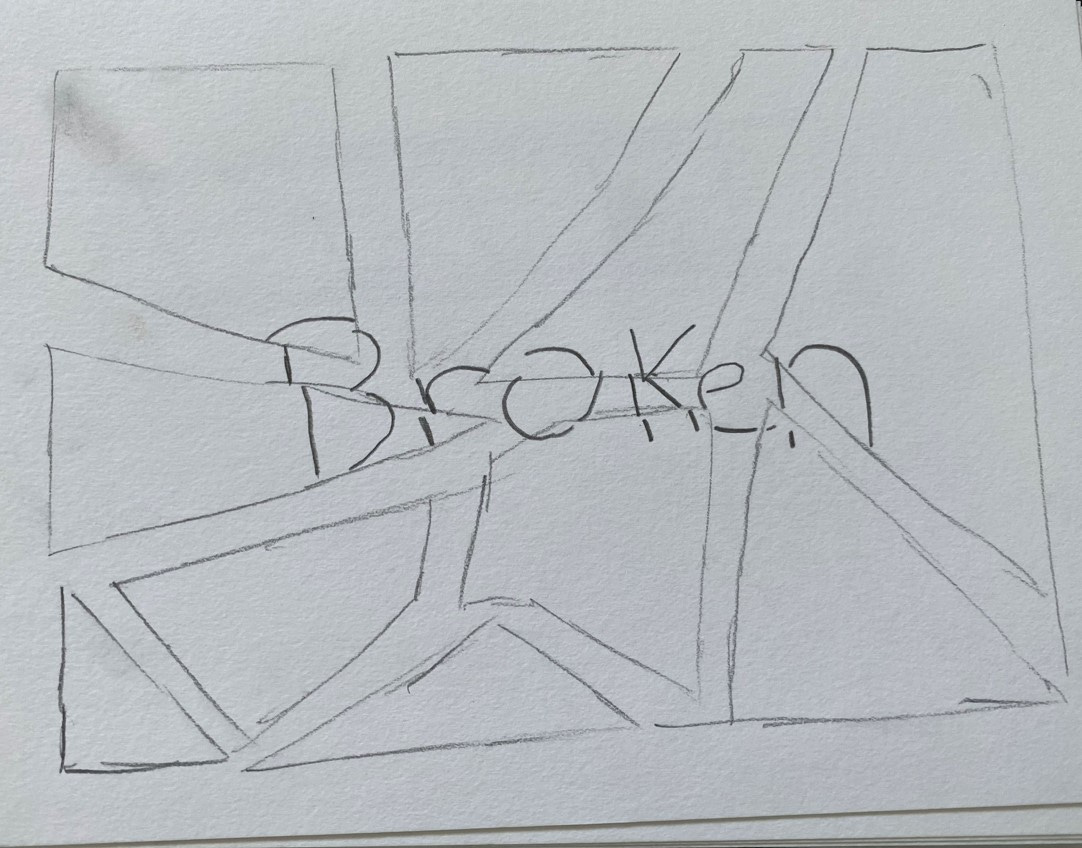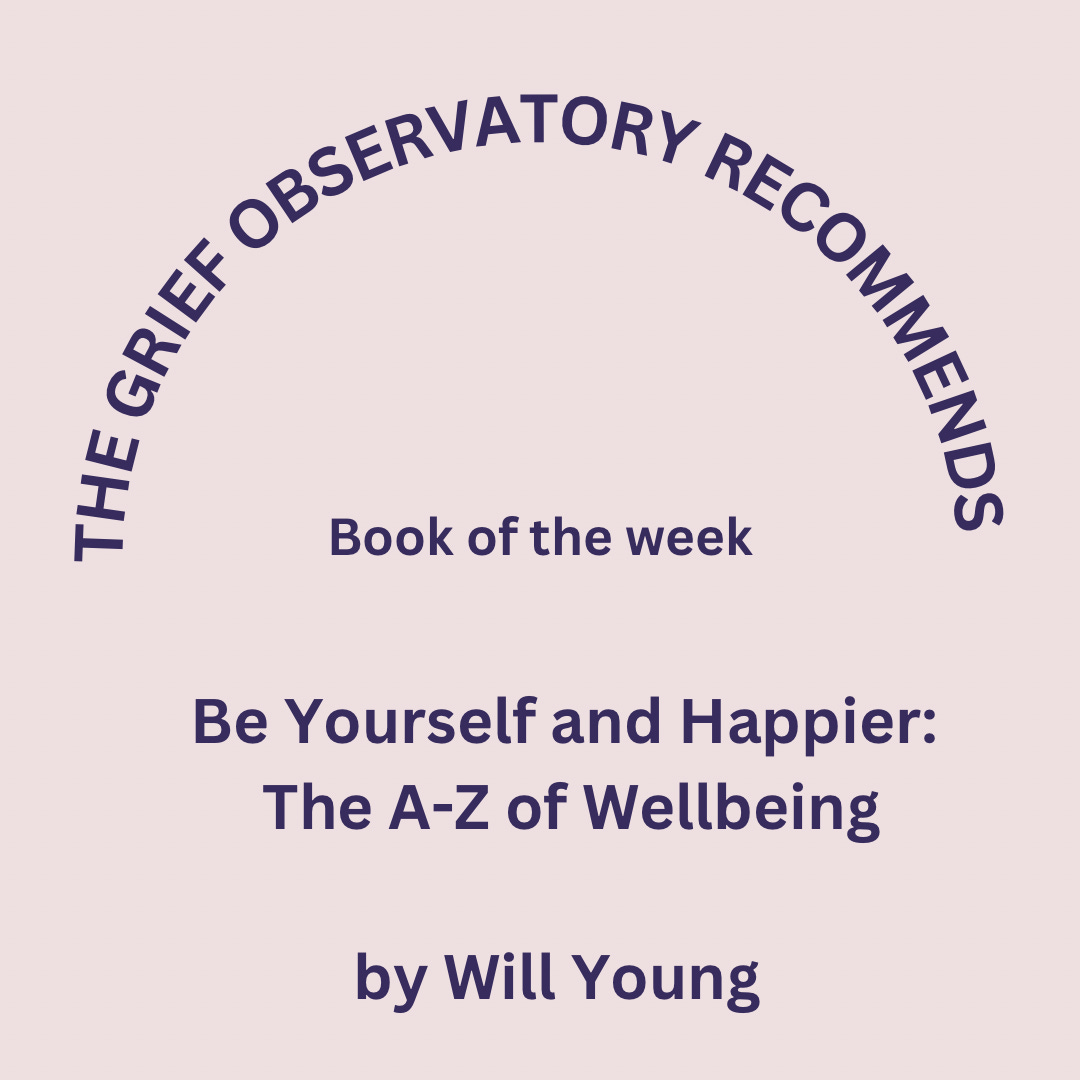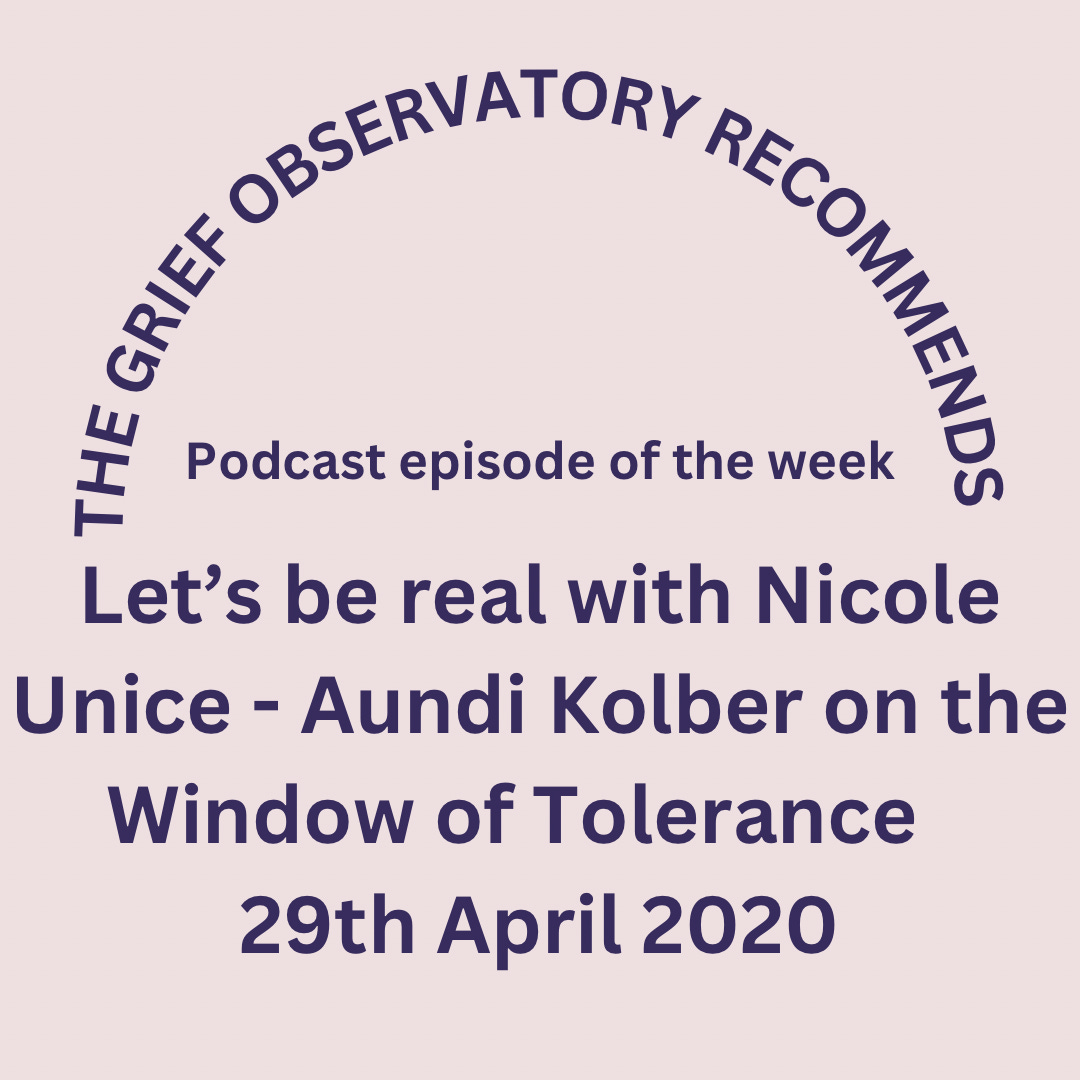For the past 13 years I have worked as an HR consultant, offering support to local business owners as a licensee of the HR Dept, and next week it’s our annual conference in which hundreds of us all get together to connect, share knowledge, learn new skills and celebrate our achievements. This year, they have kindly chosen to raise money for the charity Grief Encounter in memory of my daughter, and I have been asked to get up on stage to talk about her and why we chose to support the charity after her death.
A year ago I would simply have said no, knowing that I didn’t then have the emotional capacity to do something like that without getting myself into a state. This year, I was able to say yes, knowing I have worked on expanding my window of tolerance and have the tools and techniques to ensure that while I will still probably get a little nervous, I won’t be going beyond what I know my nervous system can safely tolerate.
As I was thinking of a suitable image for this week, I remembered finding a sketch of a broken window in my daughter’s art book, which seemed appropriate.
Learning about the nervous system and how our bodies respond to stress has really helped me understand some of ways in which I have been changed by grief and has enabled me not to put so much pressure on myself to return to my old way of working.
I’m sure most of you will have heard of fight, flight and freeze before, but there’s a lot more to it than that. Will Young, in his book Be Yourself and Happier: The A-Z of Wellbeing, writes;
What I’ve also realised is that my nervous system is fundamental in how calm I am feeling. It’s our nervous system that prepares the body for fight, flight or freeze, and it’s a different part of the nervous system that restores the body to a calm and composed state and prevents it from overworking. Most of my days are spent making sure my nervous system knows that all is OK in the world.
Our sympathetic nervous system is where fight or flight comes from, It’s basically an accelerator. In this zone, our nervous system is on high alert for signs of danger and perceives that we are under threat. It’s trying to protect us. The adrenaline and cortisol flood in, our heart rate increases, we lose our appetite, our digestive system goes a bit haywire, we can’t sleep or relax and our breathing gets fast and shallow. In this state we may feel angry, defensive and irritable or frightened, hyper-vigilant and start overreacting.
Our dorsal vagal state is where freeze comes from. It’s basically a brake. In this zone, our nervous system perceives we are under threat and shuts down to try and protect us. We feel overwhelmed, numb, spaced out and exhausted. We may withdraw from connecting with others, suppress our emotions and have no energy to do anything.
In both these states the prefrontal cortex goes offline, making it difficult to think or communicate clearly, be rational or remember details. All our bodies energy goes into being ready to fight, run away or freeze. While these states can be highly effective if we are in danger, we’re not meant to spend too long their.
We all naturally experience both of these states and will have different triggers that place us in them temporarily. However, after traumatic events such as the sudden death of a loved one, experiencing or witnessing an assault, a severe illness or prolonged stress we can end up staying in one of these nervous states for a prolonged period, inhibiting healing and learning. We can also be triggered back into these states when not in danger or under threat because our nervous system recognises similar emotional responses to what has triggered this response in our past and goes back into survival mode to keep us safe from the pain of the original trauma.
The parasympathetic nervous system, or ventral vagal state is the optimal state. In this zone, our bodies can focus on rest and digest and safety and connection. Our brain stays integrated with its prefrontal cortex, and healing and learning can happen effectively because our body isn’t experiencing or perceiving that it is under threat. It’s clearly where we want to spend most of our time. Another name for this state is the Window of Tolerance, named by Dr Daniel Siegel.
For some reason, in our Window of Tolerance we can experience a whole load of good things that start with the letter C. We can
Communicate effectively
Take on Complex tasks
Think Clearly
Be Curious
Be Creative
Be Competent
Be Calm
Be Content
Next week I will be focusing more on the Window of Tolerance, how we can spend more time in this state and why since learning about it my approach to growth and my business has changed considerably. For now, I will leave you with a quote from Aundi Kolber in her book Try Softer: A Fresh Approach to Move Us out of Anxiety, Stress, and Survival Mode--and into a Life of Connection and Joy.
Trying softer allows us to recognize that we must figure out how to establish safety for our bodies. If we can listen to and respond to our bodies’ needs…our Window of Tolerance will begin to grow, and true healing can occur.
It is slow work, but friend, nothing could be more worth it.
Further Resources and Recommendations






Thanks for sharing this Jennie and also for speaking to us all at Conference. A little daunting for most if us to stand on a stage & speak to a large room of people but even harder when the topic is such a touching and personal one. Xx
really interesting Jennie and yes can definitely see many life triggers as well as grief. Well done on agreeing to speak at your annual conference - you'll be great x